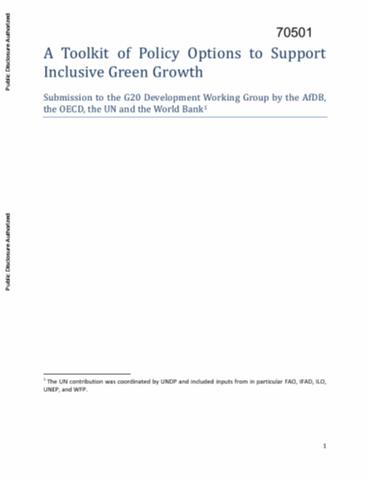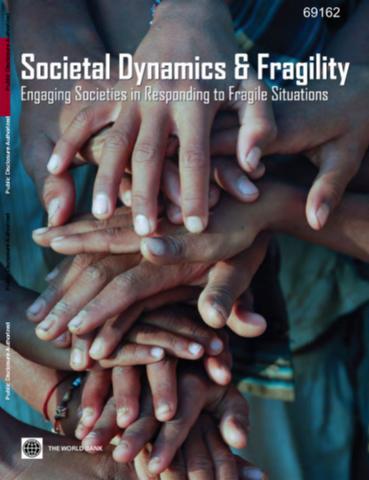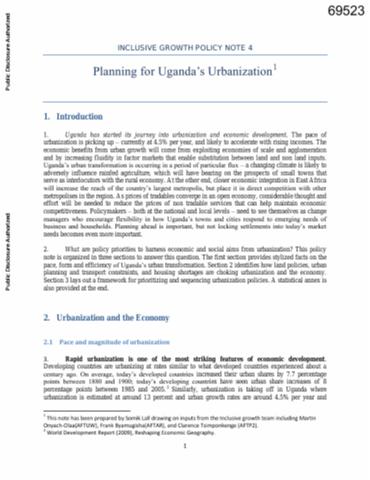Mapping seasonal trends in vegetation using AVHRR-NDVI time series in the Yucatán Peninsula, Mexico
This research examines the spatio-temporal trends in Advanced Very High Resolution Radiometer (AVHRR) Global Inventory Modelling and Mapping Studies (GIMMS) normalized difference vegetation index (NDVI) time series to ascribe land use change and precipitation to observed changes in land cover from 1982 to 2007 in the Mexican Yucatán Peninsula, using seasonal trend analysis (STA).






